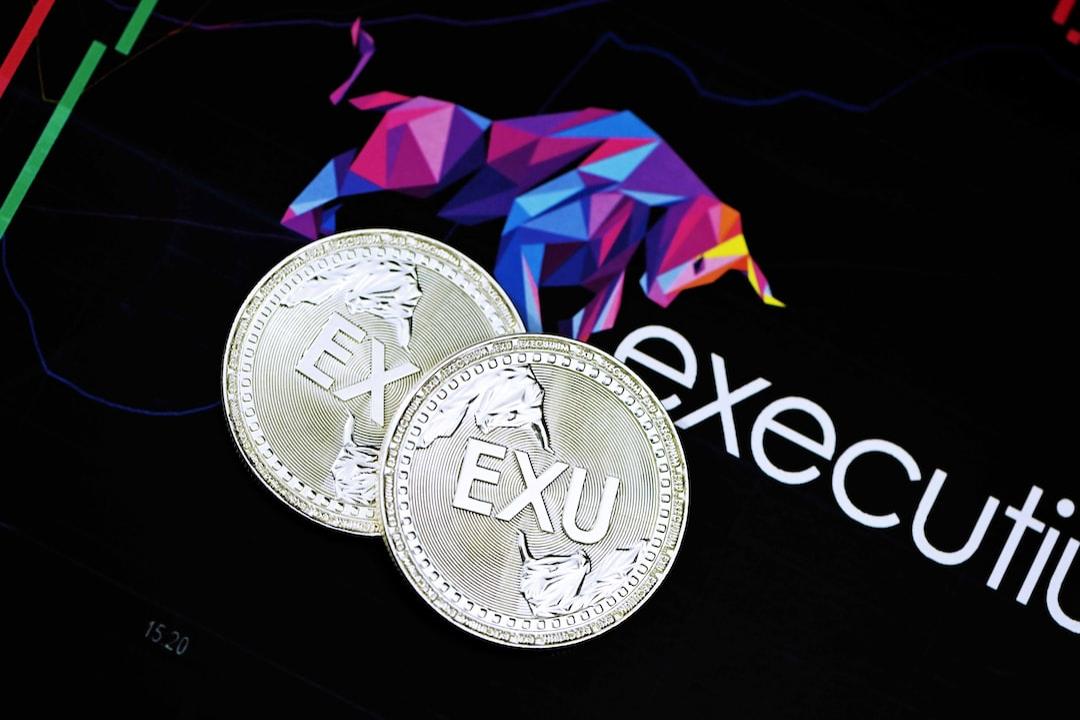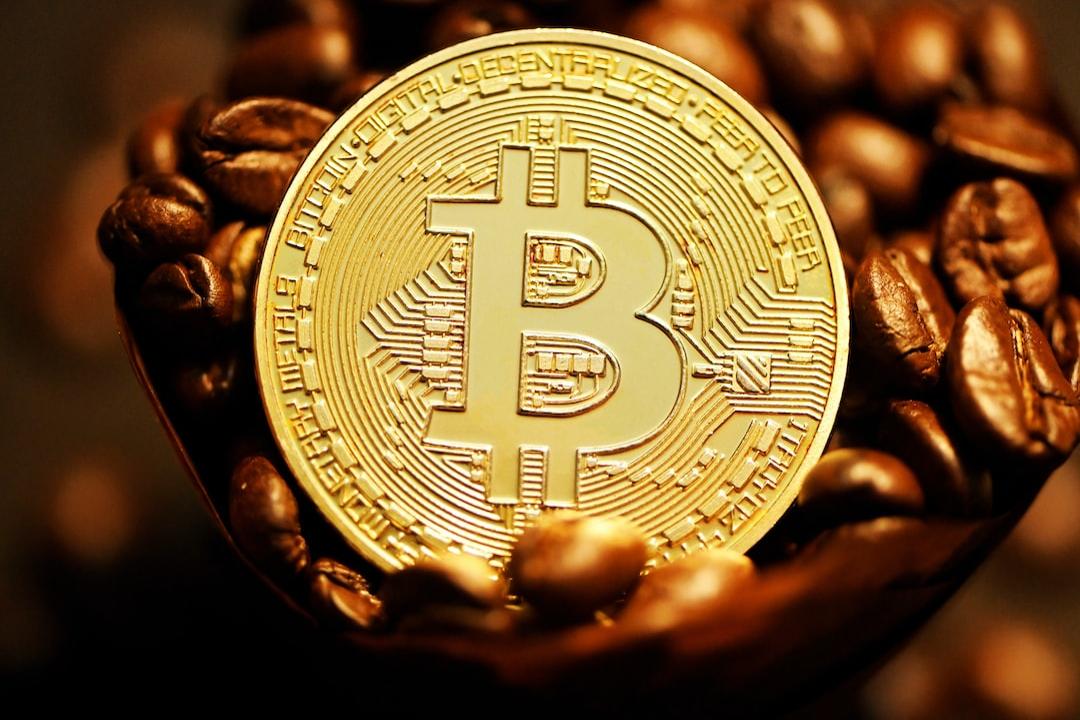Analysis of Bitcoin Market Share Evolution: 2013-2025
This study explores the daily market share of Bitcoin from April 29, 2013, to July 22, 2025, with data sourced from CoinGecko.
How has Bitcoin’s market share evolved over the years?
From 2013 to 2025, Bitcoin’s market share in the cryptocurrency market has fluctuated significantly, oscillating between a historical low of 31.1% and an early high of 99.1%. During this period, Bitcoin maintained a daily market share of 50.0% or higher for two-thirds of the time. In other words, Bitcoin dominated the cryptocurrency market for a total of 8 years during these 12 years.
Yearly, Bitcoin’s average daily market share declined for five consecutive years, from 93.3% in 2013 to 44.6% in 2018. It rebounded to 60.2% in 2019, reached 62.7% in 2020, then dropped again to 47.6% in 2021, and stood at 39.3% in 2022.
Since 2023, Bitcoin’s market share has steadily increased, with an average of 45.6% in 2023, 51.9% in 2024, and currently at 59.3% in 2025. This indicates that Bitcoin’s market share in 2025 is approximately around the 12-year daily average of 62.5%.
Current Bitcoin Market Share is Approximately Near the 12-Year Average of 62.5%

Statistical date: April 29, 2013, to July 22, 2025
Key Levels of Bitcoin Market Share
Since February 2016, Bitcoin’s market share has remained well below 90%. This reflects a turning point in the maturation of the cryptocurrency market following the ICO boom and the initial altcoin bull market in 2017, during which the number of mainstream altcoins increased and their market values rose.
Similarly, after barely reaching 70.7% on January 3, 2021, Bitcoin’s market share declined and has remained below 70%. This means that over the past 12 years, Bitcoin’s average daily market share has only reached 70% or higher for one-third of the time. Whether Bitcoin’s market share will again surpass the 70.0% threshold remains to be seen.
Notably, on April 7, 2025, Bitcoin’s market share rose to 60.5%, marking the first time in over four years it broke the 60% threshold. The last time Bitcoin’s market share exceeded this threshold was on March 15, 2021, when it reached 60.6%. Over the past 12 years, Bitcoin’s market share has spent more than half of the time below 60.0%.
Historical Development of Bitcoin Market Share (2013 – 2025)
The annual average, minimum, and maximum values of Bitcoin’s market share from 2013 to 2025 are as follows:

2013 to 2016: Bitcoin Monopoly in the Cryptocurrency Market
Between 2013 and 2016, Bitcoin held a dominant position in the cryptocurrency market, with an average daily market share ranging from 82.6% to 93.3%. During this emerging phase, despite Bitcoin’s price corrections and significant regulatory actions taken by the U.S. against the then Bitcoin exchange Mt. Gox, Bitcoin’s market share still peaked at 99.1% on May 29, 2013.
Although Bitcoin held the vast majority of market share during this period, it experienced three significant fluctuations:
On March 29, 2014, Bitcoin’s market share fell by 10.9 percentage points from the previous day, dropping from 89.6% to 78.7%. This occurred after the collapse of Mt. Gox and was attributed to a substantial rise in the total cryptocurrency market value followed by a correction.
On January 15, 2015, Bitcoin’s market share sharply decreased by 16.2 percentage points, falling from 80.2% to 64.0%. This drop was driven by Bitcoin’s price plummeting from $221 to $172, marking the bear market bottom after the Bitstamp centralized exchange was hacked.
On January 16, 2015, Bitcoin’s market share recovered to 80.7%, increasing by 16.7 percentage points from the previous day, while Bitcoin’s price also rebounded to $211.
2017 to 2018: ICOs and Altcoins Overshadow Bitcoin
In the following two years, Bitcoin’s market share continued to decline, driven by the altcoin bull market fueled by ICOs in 2017 and the bear market in 2018, with Bitcoin’s market share dropping to new lows, well below the 80% and 70% thresholds. On May 16, 2017, Bitcoin fell below 50% for the first time, reaching 48.5%. Notably, on January 16, 2018, Bitcoin’s market share hit a historical low of 31.1%, with Bitcoin’s price crashing from $14,412 to $11,724.
Over the past 12 years, Bitcoin’s market share was most volatile in 2017, starting at 87.2% and reducing to 37.6% by June 19. In the second half of the year, Bitcoin’s market share briefly rose, then fell to an annual low of 37.5%, before rebounding to 66% on December 7, ultimately closing the year at 38.9%.
On the other hand, Bitcoin’s market share showed an overall upward trend in 2018, increasing from 37.4% at the beginning of the year to 52% by year-end.
2019 to 2020: Bitcoin Regains Dominance During the Third Halving
In 2019 and 2020, Bitcoin regained dominance in the cryptocurrency market, maintaining a share between 48.8% and 72.5%.
This resurgence of Bitcoin’s dominance was the result of multiple factors: primarily expectations surrounding the third Bitcoin halving in May 2020, a return of investors to quality assets post-ICO boom, early institutional interest in Bitcoin as “digital gold,” and Bitcoin’s role as a funding gateway during the “DeFi summer” of 2020.
2021 to 2022: Altcoins Reassert Influence
During the bull market of 2021 and the crash triggered by the pandemic in 2022, Bitcoin’s market share continuously declined by 30.9 percentage points, from 69.5% to 38.6%. Throughout these two years, as altcoins began to establish themselves and exert greater influence in the cryptocurrency market, Bitcoin’s market share consistently dropped.
During this time, Bitcoin’s market share was below 50% on 8 out of every 10 days. In other words, out of 730 days, Bitcoin’s market share was below 50.0% on 624 days.
Specifically, in 2021, despite Bitcoin’s price rising from $29,022 to an all-time high and closing the year at $47,192, a 62.6% increase, Bitcoin’s market share still fell from 69.5% at the beginning of the year to 38.2% by year-end. In contrast, during the same period, the total market value of cryptocurrencies outperformed Bitcoin, soaring from $776 billion to $2.3 trillion, a 200.6% increase.
In 2022, Bitcoin’s market share started at 37.9% and ended at 38.6%, as Bitcoin’s price dropped by 64.2%, consistent with a 64.1% decline in the overall cryptocurrency market. In other words, Bitcoin itself was directly impacted by the collapses of Terra-Luna and FTX, prompting investors to turn to fiat currencies to mitigate risk.
2023 to 2025: Bitcoin Moves Towards Mainstream
In the past three years, Bitcoin’s market share has steadily risen, increasing from 38.4% at the beginning of 2023 to 58.5% as of 2025. The recovery of Bitcoin’s market share reflects a structural shift in the cryptocurrency market, driven by the approval of the U.S. spot Bitcoin ETF in January 2024 and the increasingly clear regulatory environment following the FTX collapse, which has led to mainstream recognition and institutional adoption of Bitcoin.
It is worth noting that Bitcoin’s market share has become increasingly stable, with minor fluctuations ranging from -1.2 percentage points to +1.6 percentage points. In contrast, the fluctuations during the 2013 to 2016 period ranged from -16.2 percentage points to +16.7 percentage points; while from 2017 to 2022, the range was -8.8 percentage points to +7.0 percentage points.
This article was collaboratively reproduced from: PANews

